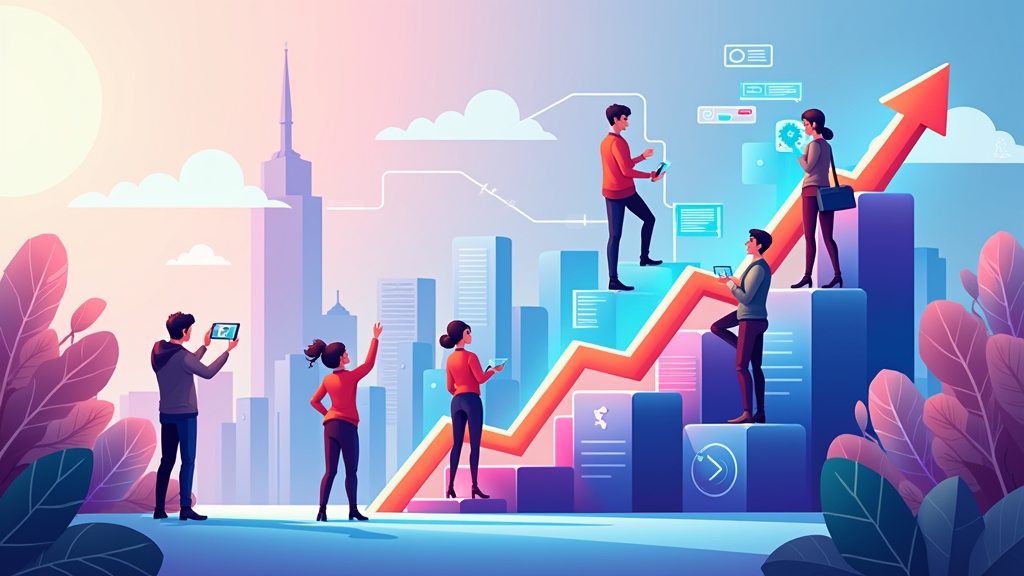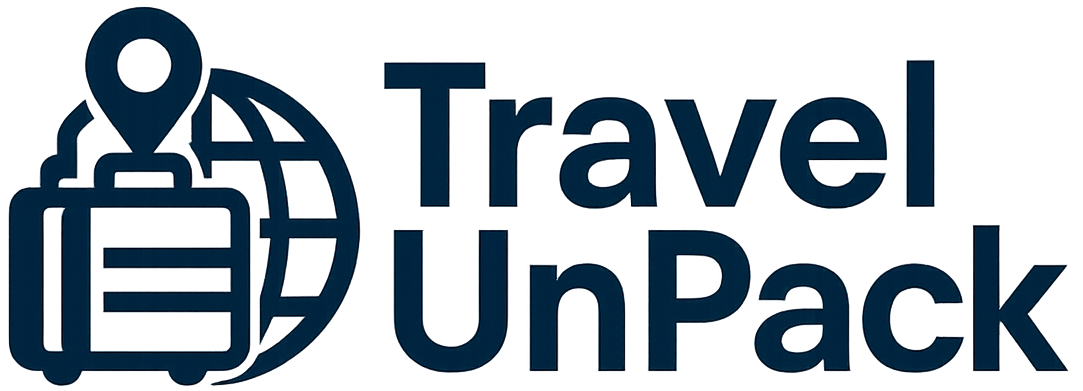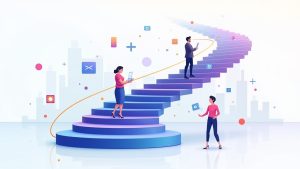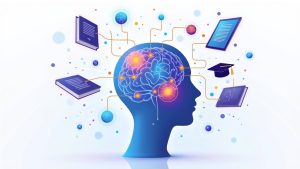How to Use Gamification to Make Continuous Learning More Engaging and Effective in Your Career
What is gamification and why does it transform learning?
Imagine studying something new and feeling the same excitement as when you're about to beat a difficult stage in your favorite game. That's the essence of gamification: applying elements of games - such as scoring, challenges, rewards and healthy competition - to non-playful contexts, such as professional learning. But why does this work so well? The answer lies in the way our brains respond to stimuli. When we are rewarded for an effort, our brain releases dopamine, a neurotransmitter associated with pleasure and motivation.
Gamification isn't just about collecting points or winning virtual medals. It creates a engagement cycle that keep learning interesting and challenging. For example, platforms such as Duolingo use streaks (sequences of days studied) to encourage consistency. If you've ever used an app like this, you know how hard it is to break a 30-day streak - you just don't want to lose your progress.
In addition, gamification makes learning measurable and tangible. Instead of just reading a book or attending a lecture, you can track your progress in real time, whether through progress bars, rankings or achievements. This creates a sense of achievement that motivates you to keep going. Who hasn't felt more excited when they've seen a progress bar reach 100%?
But does this really work in a professional environment? The answer is a resounding yes. Companies like Google and Salesforce already use gamification in internal training, increasing knowledge retention and employee participation. If large organizations invest in this, why not apply it to your career?
How to structure learning objectives like missions in a game
A game without clear objectives quickly becomes boring. The same goes for continuous learning. If you don't know where it's goingit becomes difficult to stay focused. The first step, then, is to turn your career goals into well-defined "missions". Let's say you want to learn data analysis. Instead of saying "I want to study Python", break this down into smaller, specific steps, such as:
1. Mission 1: Complete a basic Python course in 30 days.
2. Mission 2: Solve 5 practical problems in Kaggle.
3. Mission 3: Create a personal project using real data.
Each mission must have completion criteria clear. For example, Mission 1 is only considered completed when you've watched all the lessons and done the proposed exercises. This avoids the trap of "skimming" the content without really absorbing it.
Another effective strategy is to use difficulty levels. Start with simple tasks (easy level) and gradually increase the challenge. If you're learning digital marketing, for example, you could start with creating a LinkedIn post (easy), then designing a Facebook Ads campaign (intermediate) and finally analyzing conversion metrics (advanced).
And don't forget to celebrating small victories. In the world of games, even defeating a weak enemy earns you points. In real life, completing a course module or finishing a report can be your "win of the day". Write down these achievements in a notebook or app - the important thing is to recognize progress.
What gaming elements can you incorporate into your study routine?
Now that you have defined missions, it's time to add gaming elements to boost engagement. Let's explore some of the most effective:
Scoring systems and rewards: Create a system in which each hour of study or task completed is worth a certain amount of points. When you accumulate X points, you get a reward - it could be anything from a special coffee to free time to watch a series. Apps like Habitica turn your routine into an RPG, where you "level up" by fulfilling habits.
Rankings and healthy competition: If you work in a team, how about creating a weekly ranking of who has completed the most courses or shared the most insights? Competition, when well-dosed, stimulates productivity. Platforms such as Codecademy show completion percentages compared to other users, creating a sense of community.
Challenges against the clock: The timer is a great ally. Techniques such as Pomodoro (25 minutes of focus, 5 of rest) turn studying into a race against time, increasing adrenaline and concentration.
Immediate feedback: In games, you know right away whether you got it right or wrong. In learning, this can be replicated with quick quizzes after each module or practice tests. Tools such as Quizlet allow you to create interactive flashcards for review.
How do you maintain consistency without losing interest?
One of the biggest challenges of continuous learning is lack of consistency. How many times have you started a course with enthusiasm but given up halfway through? Gamification helps solve this problem through long-term engagement mechanisms.
Streaks and habits: As mentioned, maintaining a sequence of days studied creates a psychological commitment. If you've studied 10 days in a row, the 11th day seems easier - no one wants to break the chain. Apps like Forest use this technique, allowing you to "plant" a virtual tree every focus period.
Variety of content: Games have different phases to avoid monotony. Your learning routine should also be diverse - intersperse videos, readings, podcasts and practical projects. If today you read an article on leadership, tomorrow you can practice with a real case at work.

Random rewards: This is a secret of casinos and mobile games. When we don't know what the prize will be, we become more curious. In learning, you can draw a reward at the end of the week if you meet all your goals. It could be a new book, a day off or even a special dinner.
Community and social support: Gamers love to share their achievements. Why not do the same with your learning? Join groups on LinkedIn, discuss projects on GitHub or create a study group with colleagues. When other people follow your progress, responsibility increases.
Tools and platforms that already do gamification for you
You don't need to reinvent the wheel. Several platforms already incorporate gamification into their teaching models. Here are some of the best:
Coursera and Udemy: They offer certificates of completion, peer reviews and even performance discounts. Some courses have forums where students compete for the best solutions.
Khan Academy: It uses energy systems (like in adventure games) and medals to motivate students. Each video watched or exercise solved contributes to progress.
Mimo: Ideal for learning programming, this app divides content into short "missions", with visual rewards for each stage completed.
LinkedIn Learning: In addition to certificates, it suggests learning paths based on your professional goals, acting as a "map" to be unlocked.
How do you measure the impact of gamification on your professional development?
There's no point in playing if you don't know if you're improving, right? That's why it's essential to evaluating results. Some useful metrics:
– Number of skills acquired: List the skills you have mastered in one period (e.g. "I learned to use Python for data analysis").
– Practical application: How many projects or tasks at work have been impacted by what you've studied?
– Feedback from third parties: Ask colleagues or managers for feedback on your improvements.
– Time saved: Has gamification made your learning faster? Compare the time spent before and after.
And when gamification doesn't work?
Not everyone is motivated in the same way. If you've tried gamification and haven't seen results, it could be because:
– Poorly defined objectives: Missions that are too vague or difficult are discouraging.
– Lack of meaningful rewards: If the prize is irrelevant, the effort seems pointless.
– Excessive competition: For some, rankings generate anxiety rather than motivation.
In these cases, adapt the strategy. Perhaps you work best with personal goals without comparisons, or prefer non-material rewards, such as free time.
The future of gamified learning
Gamification is here to stay. With the advance of virtual reality (VR) and artificial intelligence (AI), we may soon have immersive simulations to practice skills. Imagine practicing negotiation in a virtual environment with AI-controlled avatars, or solving real company problems in a collaborative game.
In addition, the microlearning (content in quick pills) is becoming popular, combined with gaming elements to facilitate consumption. Platforms such as Blinkist already summarize books in 15 minutes, perfect for daily "missions".
Ready to get started?
Now it's up to you. How about setting your first learning mission today? Choose a skill, break it down into stages and add elements of gamification. Remember: the goal is not to become a "games expert", but to make your professional development more enjoyable. fun, effective and sustainable.
So, which level will you unlock first?



